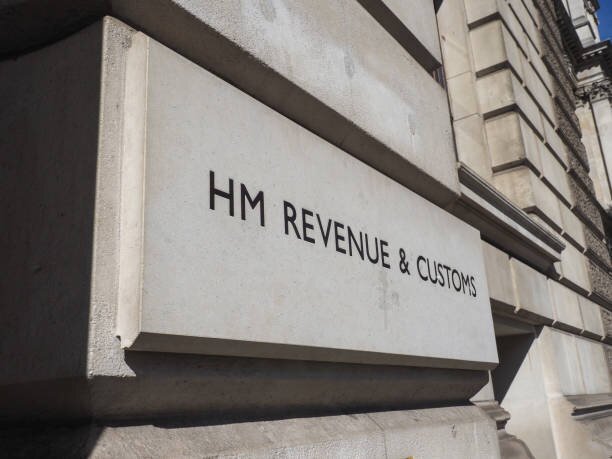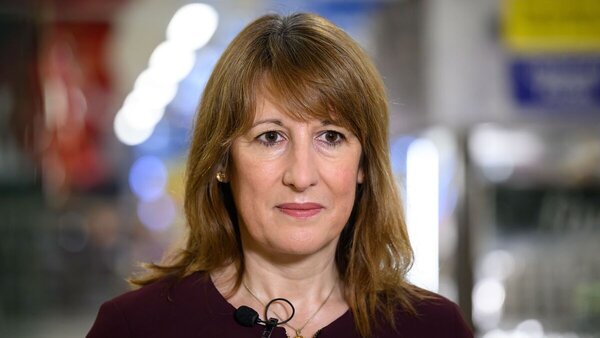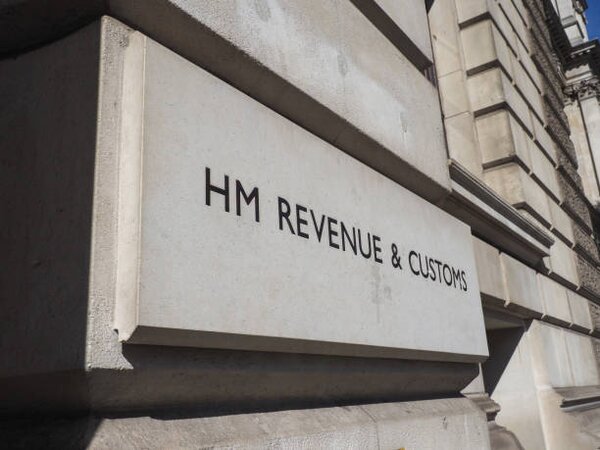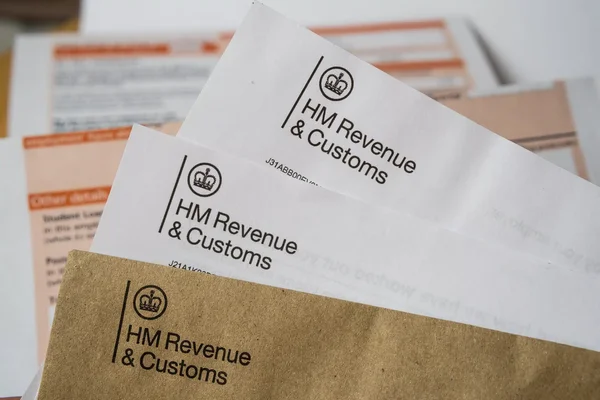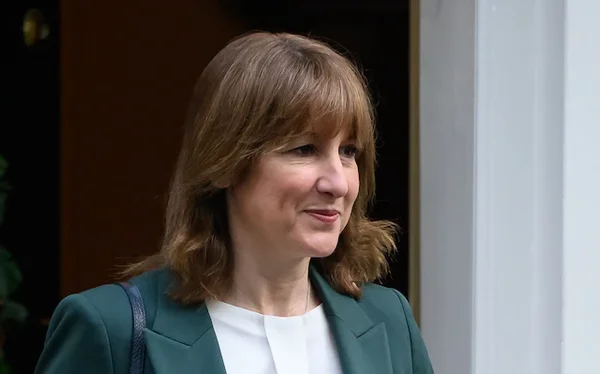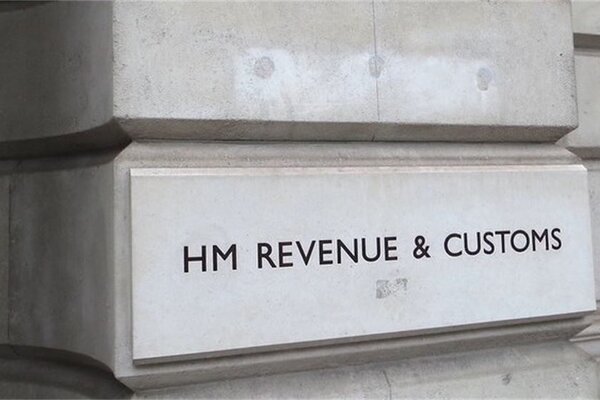HMRC Rent-a-Room Scheme: How to Earn £20,070 Tax-Free
As rising living costs and frozen tax thresholds put pressure on households, HMRC’s Rent-a-Room scheme offers an opportunity for homeowners to legally increase their tax-free income. By combining the £12,570 Personal Allowance with up to £7,500 in rent-a-room relief, individuals can earn as much as £20,070 a year tax-free.
The scheme is designed to encourage homeowners to let out spare furnished rooms in their main residence, helping to ease housing pressures while giving people a tax break. However, it comes with strict eligibility rules and reporting requirements that taxpayers must understand before opting in.
Frozen Personal Allowance and Fiscal Drag
The Personal Allowance the amount you can earn before paying income tax has been fixed at £12,570 since 2021/22. This threshold is expected to remain frozen for several more years.
While the allowance remains unchanged, inflation and rising wages are pushing more people into higher tax bands. This effect, known as fiscal drag, increases overall tax bills even if disposable income does not rise. Against this backdrop, tax relief schemes like Rent-a-Room have become increasingly attractive.
How the Rent-a-Room Scheme Works
The Rent-a-Room scheme allows you to rent out a furnished room in your main home and earn up to £7,500 per year (£625 per month) tax-free.
- If the property is jointly owned or shared (for example, by a couple), the allowance is split to £3,750 each.
- The scheme applies only to your primary residence, not buy-to-let properties or investment homes.
- The rented space must be furnished and within the home you live in.
If rental income exceeds the £7,500 threshold, taxpayers can either:
- Pay tax on the amount above the allowance, or
- Opt out of the scheme and calculate tax under normal property income rules, which may be beneficial if expenses can be deducted.
Reporting Requirements: Clearing the Confusion
One point of confusion concerns reporting. HMRC guidance indicates that if your rent-a-room income is £7,500 or less, you generally don’t need to tell HMRC unless you already file a Self Assessment tax return for other reasons.
However, once income exceeds the allowance, you must declare it via Self Assessment and decide whether to stay in or opt out of the scheme.
This distinction is important many mistakenly believe all rent-a-room income must always be reported, but that is not the case under current rules.

Combining with the Personal Allowance
By adding the £7,500 Rent-a-Room relief to the standard £12,570 Personal Allowance, individuals can earn up to £20,070 completely tax-free in a single tax year.
This makes the scheme especially valuable for:
- Homeowners in high-demand areas
- Retirees supplementing pensions
- Families offsetting mortgage or utility bills
Tax experts note that the combined allowance is one of the few legal ways to significantly increase tax-free income without restructuring earnings.
Who Benefits Most from Rent-a-Room?
The scheme is particularly useful for people with spare rooms in urban centres where rental demand is strong. For example, a homeowner in London renting out a room for £600 per month would generate £7,200 annually, all tax-free under the scheme.
It also supports students, pensioners, or families who want to earn extra income without entering higher tax brackets. However, professional landlords cannot use the scheme for buy-to-let portfolios.
Broader Context: Tax Relief Amid Rising Pressures
With tax thresholds frozen and more workers paying higher rates, schemes like Rent-a-Room represent an important source of relief. While the £7,500 limit has not increased in recent years, it remains one of the most generous and straightforward allowances available to households.
It also highlights the government’s push to encourage households to help meet housing needs while softening the blow of fiscal drag.

Final Summary
At Pie, we believe in breaking down complex financial rules into clear, bite-sized insights that help people make smarter money decisions. HMRC’s Rent-a-Room scheme is a perfect example of how the right knowledge can unlock real financial benefits.
The Rent-a-Room scheme allows homeowners to combine the standard £12,570 Personal Allowance with up to £7,500 in rental relief, offering a total of £20,070 tax-free income. While rules around eligibility and reporting must be followed carefully, the scheme provides a valuable opportunity for households to legally reduce their tax burden in a period of frozen thresholds and rising costs.
